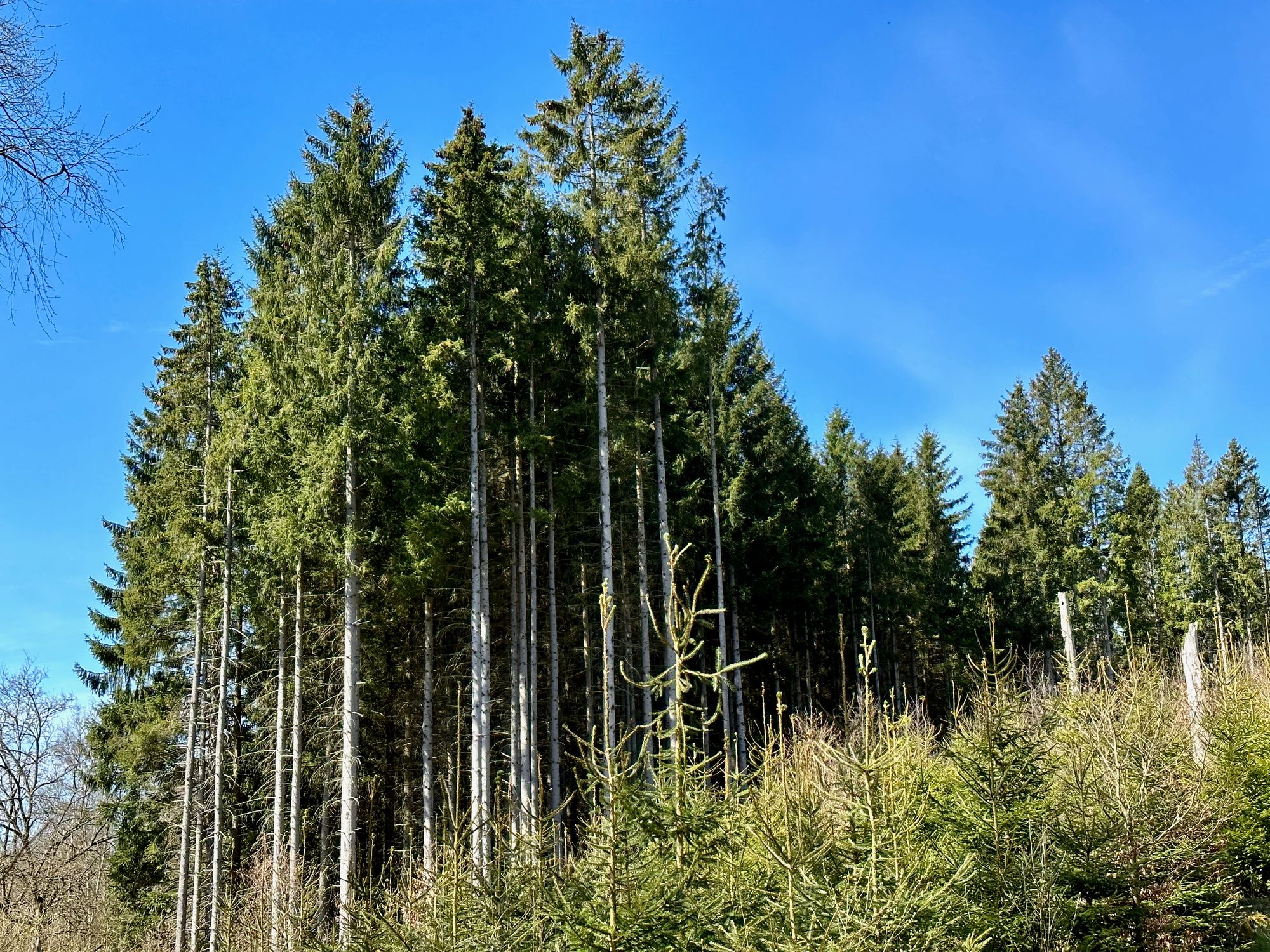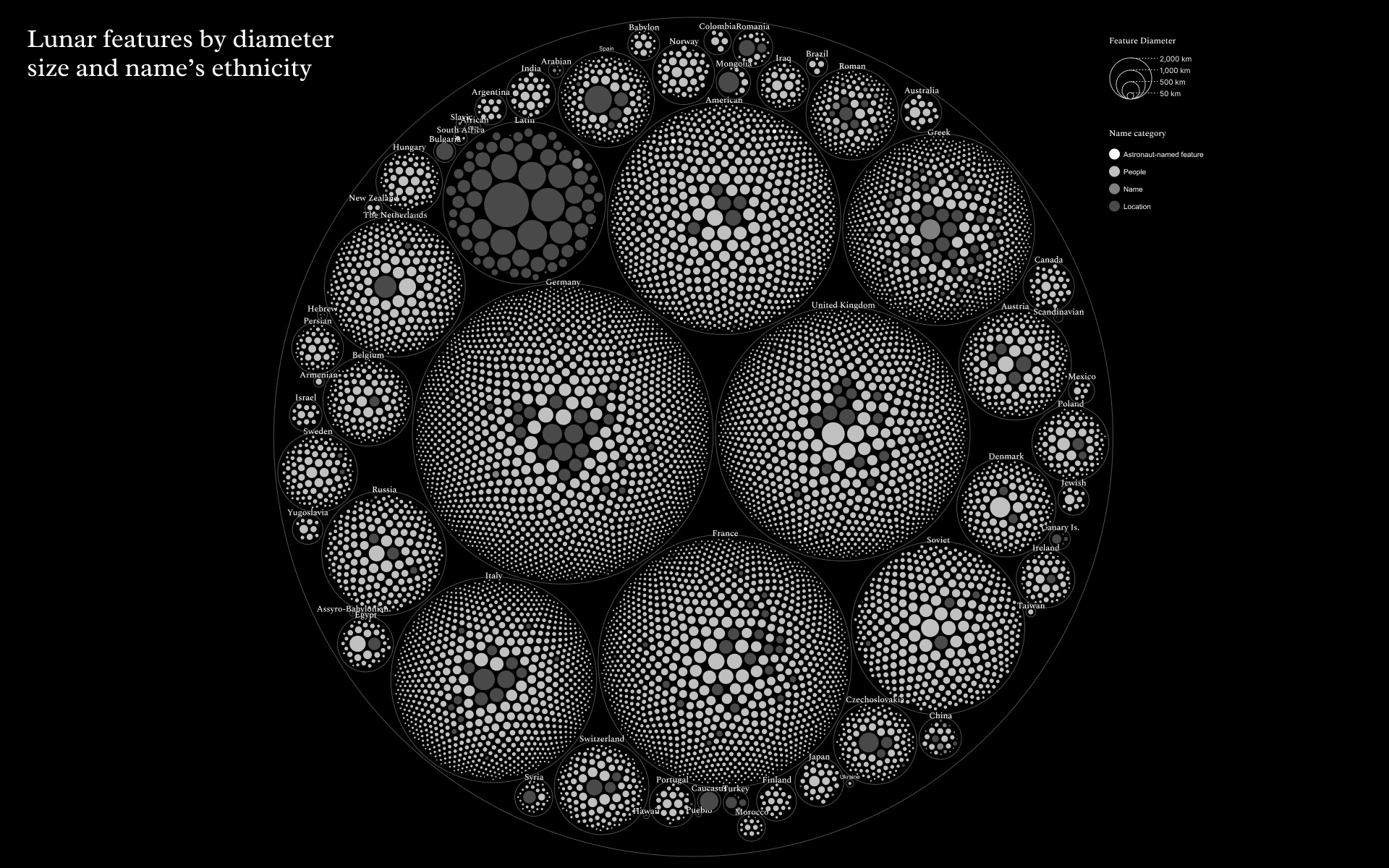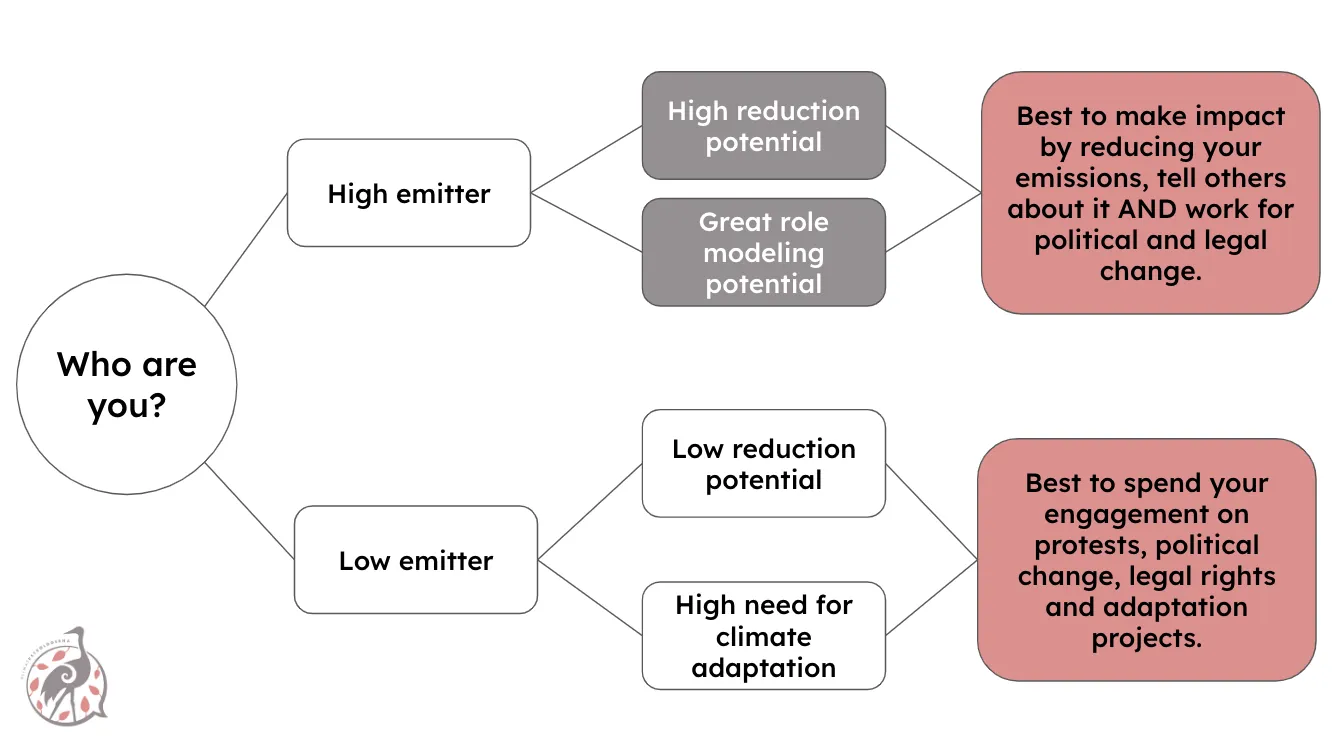Tenday Notes 21 April - 30 April 2023

Every ten days or so, I share a quick digest of what I've been working on and reading. Here's the latest. More in the series here.
For the last five years or so, the 11-year solar magnetic activity cycle has been at its lowest ebb. Now, however, it's starting to kick into action again and we're seeing an increasing number of solar storms hitting Earth.
This is bad if you happen to be in the spacecraft or power grid protection business. But it's great news if you're in the looking at pretty auroras business, which I firmly am, and last night we got an impressive G4-class solar storm that sparked auroras over Helsingborg.
It hit at about 9.30pm local time, and we're now at the point in the year where there's still dusk light in the sky then. Helsingborg also has quite a lot of light pollution, at least in places that I can access easily on-foot. But we did glimpse some weird blurriness in the sky and some attempts to take long-ish-exposure photos on my iPhone yielded some definite green tinge.

That's very likely to be as good as I'll get for the next six months, as the night sky brightens further. But I'm thinking about a trip to the north next winter when I'll have a good chance of seeing some much more impressive displays.
This week I also did a little refreshing of the Loud Numbers website, highlighting the amazing coverage we got last week from Ableton (the Adobe of the music world - seriously a huge deal for us!). I also built out a dedicated tools page, added some of our recent work to the homepage, and made a few other small improvements. Check it out if you haven't recently!

I love Cinzia Bongino's "The Names on the Moon" project - which analyses all of the named features on the surface of the Moon.
In almost 90 years of work, the IAU has chosen 1,852 unique names to identify lunar features. I grouped the data about lunar features based on the assigned names, with additional information on the profession, lifespan, origin, and source of the nomenclature.
A huge majority of features are named after people - and primarily American and European people. There's a lot of Latin and Greek influence too. As you might expect, many of those people are astronomers and physicists - but not all. There are a handful of photographers, some archaeologists, and at least twelve meteorologists which made me pretty happy.

Go scroll through the whole project to find out more.
I really like these hand-drawn graphic scores for classical Indian vocal music, created by Music Riyaaz. They're so expressive, but so simple. Also available on YouTube if you're not an Instagrammer.
I loved this short ode to grids from Alex Miller:

I think that if you want to know how something is made, you should look for the grids. They are the ever-present, behind-the-scenes structure of our cities, our machines, our homes, and our lives. You'll find the grid in the artist's studio, in the patterns of the textile weaver's pattern book, in the architect's floor plan sketches, in the engineer's CAD software; even the monospaced fonts that programmers use fit to the grid. The grid can be found throughout history, from ancient Egyptian architectural plans to medieval European embroidery designs. These artifacts trace the practitioner’s process along the grid's axial constraints.
Everything that is going on with music and AI right now is very very weird and it's putting Google in a tricky situation. Does it kneecap its content services like YouTube, or its own AI research? The Verge has a good article:
/cdn.vox-cdn.com/assets/1296536/youtube_copyright.png)
I asked Microsoft CEO Satya Nadella about this when I talked to him about the new ChatGPT-powered Bing, and he wasn’t shy about it. “Look, at the end of the day, search is about fair use,” he said. “In other places, again, it’ll have to be really thought through as to what is the fair use. And then sometimes, I think there’ll be some legal cases that will also have to create precedent. “
Read more here.
Climate Psyched has a nice simple diagram that shows what different people can do about climate change, depending on their personal emissions situation.

Here's a snippet from the post it was embedded in:

In the current situation of needing to make changes throughout every dimension of society we can’t really afford to say we’ll do either A or B, but considering how little time we have to make these massive changes we do need to be strategic when it comes to what interventions aimed at behavioral change we put our time, money and efforts into. In other words aiming for high impact and long term changes.
That's all for today! See you again in mid-May.
\ - Duncan





